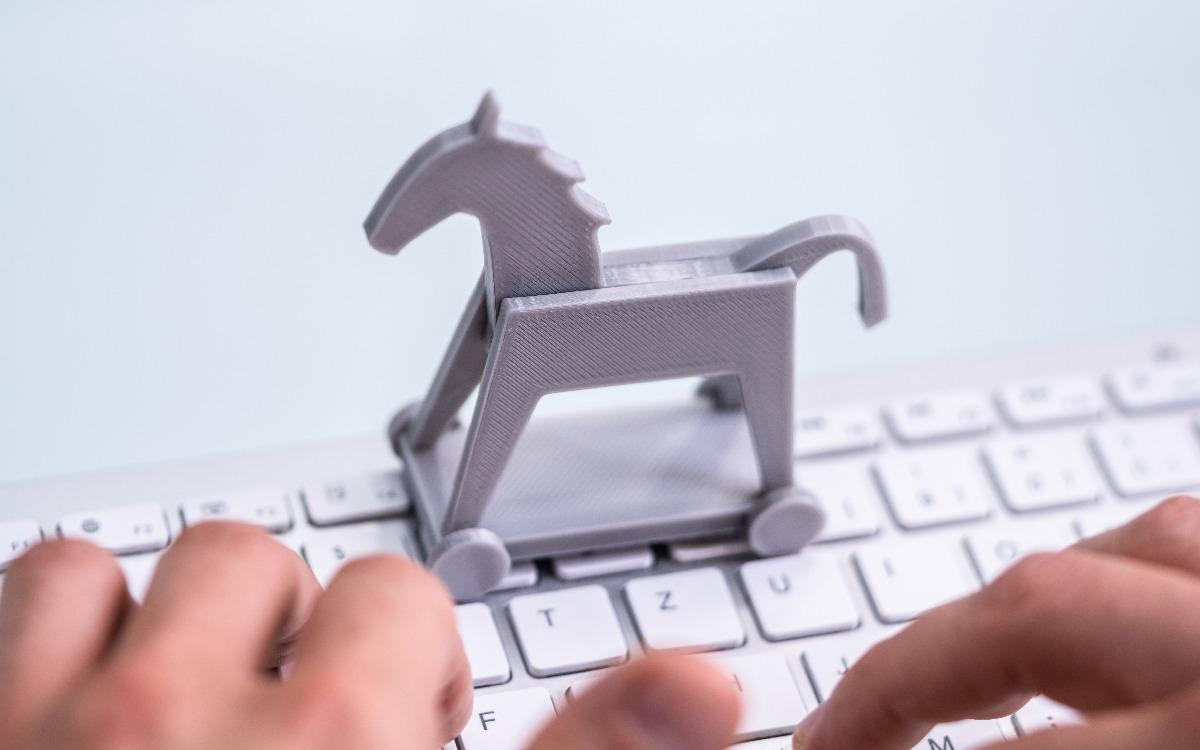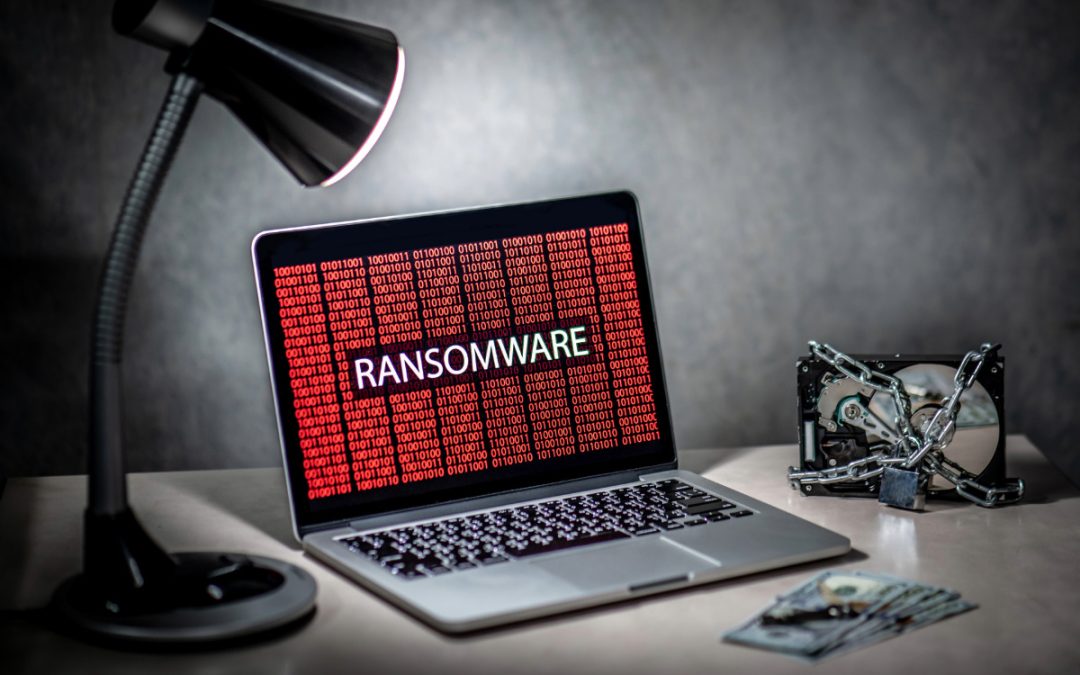Cyber threats can come in all shapes and sizes, but some are much smaller than businesses expect. One such example is Tiny Banker Trojan. Despite its innocent-sounding name, it’s anything but harmless. It’s a specialized malware that targets financial data by only activating when on banking websites. Since it’s not always active, it is tough to uncover.
Due to its tiny size, it’s also easier to fit into legitimate-looking files. With up to 70% of businesses having understaffed cybersecurity teams, many don’t have a detection or response strategy to counter it. Furthermore, malware can be spread on local Wi-Fi networks, meaning one person’s mistake can send it to everyone who connects to the same network. Even if it’s a tiny trojan, using healthy cybersecurity habits to protect yourself and those around you is essential.
What Is Tiny Banker Trojan (Tinba)?
The Tiny Banker Trojan, also known as Tinba, is a type of malware that targets financial institutions and their customers. First identified around 2012, it gained notoriety due to its small size (just 20 kilobytes), making it significantly smaller than most other banking trojans, hence the name “Tiny Banker.” It uses a technique called packet sniffing, which allows it to know when a user visits a bank’s website. It’s otherwise inactive when navigating other websites, which makes it difficult to tell when infected.
Tiny Banker Trojan has two commonly used methods to attack the user. The first will read keyboard button presses, such as login credentials, before they can be sent and encrypted on the bank’s website. The second will let a person log in normally, then create fake pop-ups with the bank’s branding to request additional private information, such as credit card details or social security numbers.
Why Is Tiny Banker Trojan Stealing Financial Data?
Cyberattacks like Tiny Banker Trojan act as a modern-day alternative to robbing a bank. Stolen financial data is used to steal money from the target, whether directly by logging into their bank account or indirectly by using their credit card to make fraudulent purchases. Businesses aren’t the only targets for Tinba either; consumers lost $8.8 billion to fraud in 2022 alone. Malware can be used automatically and anonymously from any country, making it difficult to track down the stolen money or the criminal.
How Do Users Get Infected by Tiny Banker Trojan?
The primary way users get infected by Tiny Banked Trojan is by downloading a malicious file. Due to its small size, it’s easy to hide in an otherwise legitimate-looking file. Most of the time, it’s acquired by downloading something outside of an official channel or website. Here are a few ways it’s distributed:
Phishing Emails
These are deceptive emails that appear to be from reputable sources. They contain malicious links or attachments that, when clicked or downloaded, can install the Tiny Banker Trojan on your computer.
Compromised Websites
Cybercriminals can infect legitimate websites with malicious code. When users visit these sites, their computers can become infected by anything they download from the site.
Malvertising
This involves injecting malicious advertisements into legitimate online advertising networks and web pages. When users click on these ads, they can unknowingly download malware.
Downloadable Software
Sometimes free or pirated software can contain hidden malware. On rare occasions, official websites can get infected too. When you download and install such software, you can also inadvertently install the Tinba as part of the process.
Exploit Kits
These are tools used by cybercriminals to exploit security holes in software. If your computer software is not kept updated, an exploit kit can use known security vulnerabilities to install the Tiny Banker Trojan.
How To Remove Tiny Banker Trojan
Removing malware, including Tiny Banker Trojan, must be done carefully. It’s designed to be difficult to detect, and if any fragments are left, it may be able to re-enable itself. If your device is infected, here are some steps you can take to remove it and protect yourself from potential damage:
1. Isolate the Infected Device: As soon as you suspect you’ve been infected, disconnect the device from your network to prevent the malware from spreading to other devices.
2. Enter Safe Mode: Restart your computer and boot it in safe mode. That greatly restricts what apps or malicious code can do on a device, making scanning easier.
3. Scan Your System: Use a reputable antivirus or anti-malware program to scan your system. Some programs are specifically designed to detect and remove trojans.
4. Remove the Trojan: Most antivirus software will allow you to quarantine or delete any threats it finds. Choose to delete the Tiny Banker Trojan if it’s found on your system.
5. Update Your Software: Make sure to routinely update your software, including your antivirus program and operating system, to their latest versions to patch any security holes. That will help prevent future attacks.
6. Change Your Passwords: After ensuring your system is clean, change all your passwords, particularly for online banking and other financial accounts. It may also be worth changing other actively used usernames and passwords to be safe.
7. Get Professional IT Help: There’s only so much an average user can do to fix and prevent attacks like Tinba. While it’s possible to handle it on your own, getting professional help from an IT company is the best way to guarantee threats are correctly detected and removed.
User Education Can Help Prevent Malware Infections
Cybersecurity awareness is crucial in preventing infections from malware like Tiny Banker Trojan. That means informing users how malware works, where they can come from, and the potential damage they can do. The concern isn’t just for businesses but also for any personal data gathered in the process. Recognizing the red flags and being smart about downloads is vital to avoid becoming a victim.




